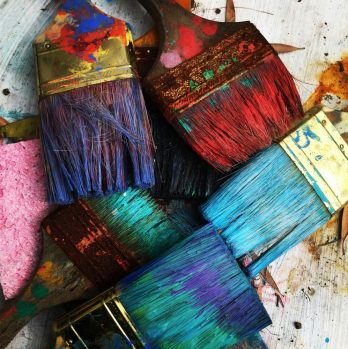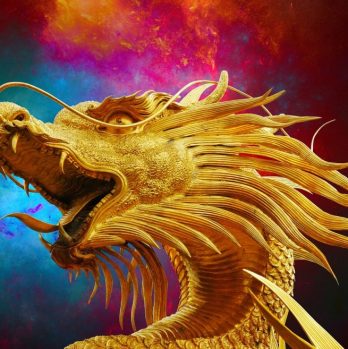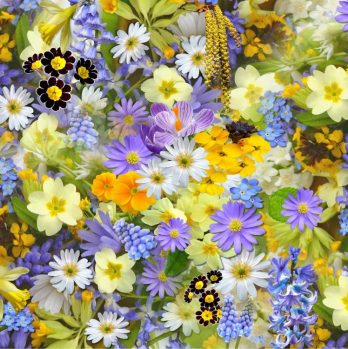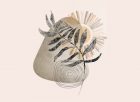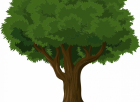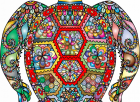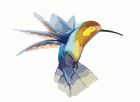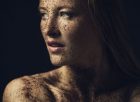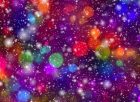Fashion Illustration: An In-Depth Exploration of the Art Form
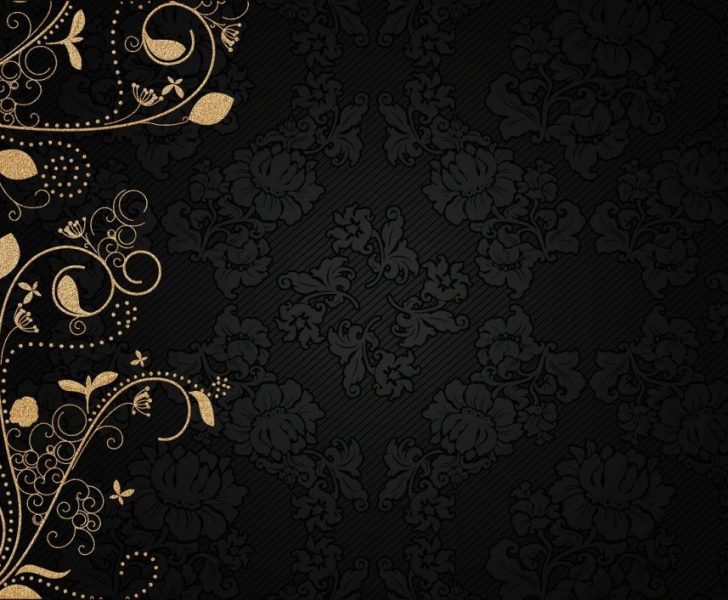
Introduction
Fashion illustration has always been an essential component of the fashion industry. It is the art of capturing the essence of fashion through creative drawings and sketches. Fashion illustrators play a significant role in bringing designers’ visions to life, allowing them to communicate their ideas to the world. In this article, we will delve into the world of fashion illustration, exploring its various forms, popular techniques, historical significance, and the differences that make each style unique.
Overview of Fashion Illustration
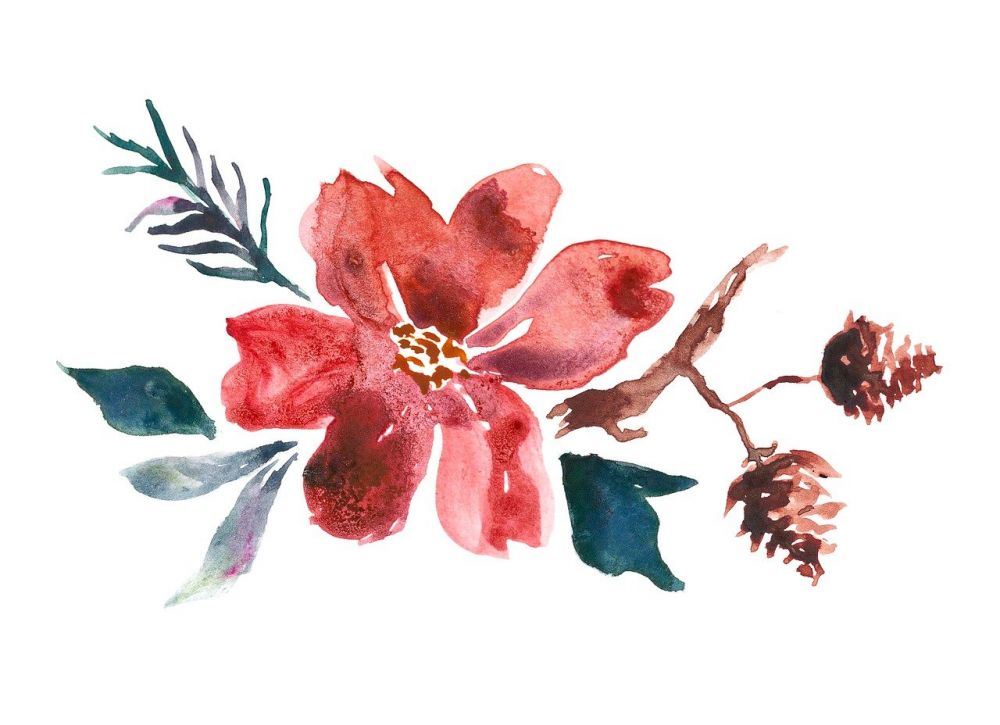
Fashion illustration is a form of visual representation that combines artistry and fashion. It involves creating realistic or stylized drawings to showcase clothing, accessories, and even hairstyles. These illustrations are used in fashion magazines, advertising campaigns, product catalogs, and runway presentations.
A Comprehensive Presentation of Fashion Illustration
1. Realistic Fashion Illustration:
Realistic fashion illustration aims to depict garments with precision and accuracy, showcasing the details, textures, and fabric choices of the clothing. Artists using this technique often employ various mediums, such as pencils, markers, or watercolors, to produce lifelike representations of fashion designs.
2. Stylized Fashion Illustration:
Stylized fashion illustration focuses on expressing the artistic interpretation of fashion, often using exaggerated proportions, vibrant colors, and bold strokes. It allows artists to convey emotions, concepts, and unique perspectives through their illustrations.
3. Digital Fashion Illustration:
With advances in technology, digital fashion illustration has gained popularity. Using software like Adobe Illustrator or Photoshop, artists create illustrations on digital platforms, offering flexibility, easy modification, and the ability to create highly detailed and precise designs.
Quantitative Measurements of Fashion Illustration
While fashion illustration is predominantly an art form, quantitative measurements can still provide valuable insights. Some key metrics to consider include:
1. Social Media Engagement:
Fashion illustrations that generate higher engagement metrics, such as likes, shares, and comments on platforms like Instagram, indicate their popularity and influence within the industry.
2. Sales Impact:
Quantifying how fashion illustrations impact sales can be challenging. However, tracking specific designs or collections tied to a significant boost in sales could help measure their effectiveness.
Differences in Fashion Illustration Styles
Fashion illustration styles can vary greatly, reflecting the uniqueness and individuality of each artist. Some notable differences include:
1. Line Quality:
Line quality refers to the thickness, texture, and variation in lines used in an illustration. Artists can use thin, delicate lines for a more elegant and refined look or thick, bold lines for a bold and expressive style.
2. Color Palette:
The choice of color palette greatly impacts the mood and overall aesthetic of a fashion illustration. Artists may opt for vibrant and bold colors to create a lively and energetic atmosphere or choose neutral and muted tones for a softer and understated feel.
3. Level of Detail:
Some fashion illustrators focus on intricate and highly detailed illustrations, while others prefer a more minimalistic approach, emphasizing simplicity and conveying a sense of elegance.
Historical Overview of Pros and Cons
Fashion illustration has evolved throughout history, and various techniques have emerged, each with its advantages and disadvantages.
1. Traditional Fashion Illustration:
Advantages: Traditional illustration techniques offer a tangible and tactile experience, allowing artists to experiment with different textures and mediums.
Disadvantages: Traditional illustration can be time-consuming and restrict artists’ ability to make quick changes or corrections.
2. Digital Fashion Illustration:
Advantages: Digital illustration provides artists with greater flexibility, the ability to experiment and modify designs quickly, and the convenience of working on electronic devices.
Disadvantages: Some artists argue that digital illustration lacks the tangibility and character that traditional techniques offer.
Conclusion
Fashion illustration is a dynamic and ever-evolving art form that continues to influence the fashion industry. With its diverse styles, techniques, and historical significance, fashion illustration plays a vital role in visually communicating fashion trends, bridging the gap between designers and consumers. Whether it’s realistic, stylized, or digital, fashion illustration celebrates the creativity, imagination, and boundless possibilities of fashion.
[INSERT VIDEO HERE: A video showcasing the process of creating a fashion illustration, from initial sketches to the final artwork.]
